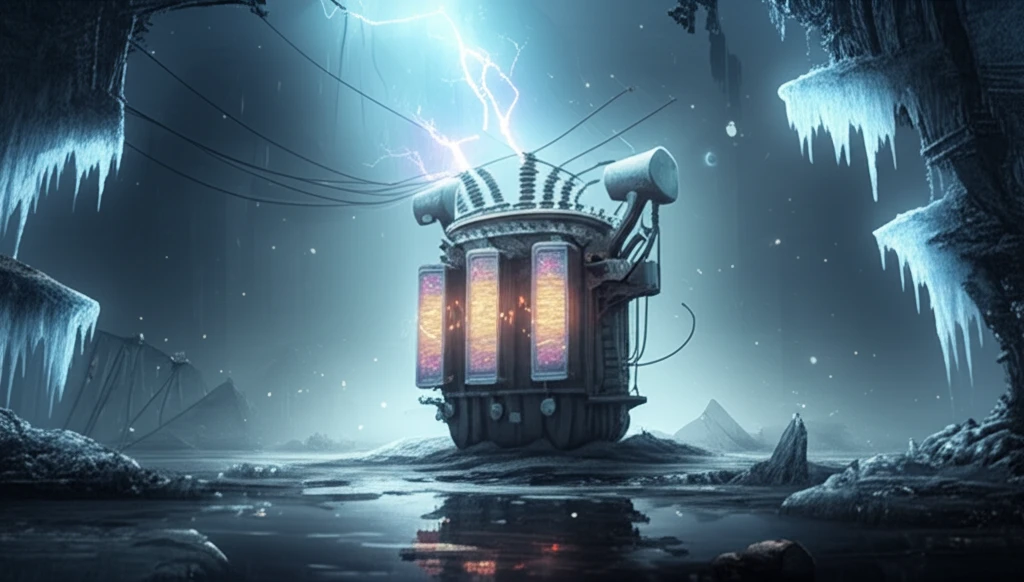
Cool Under Pressure: How to Modernize Your Power Transformer Cooling Systems
"Discover innovative strategies to upgrade oil transformer cooling for enhanced reliability and efficiency, even in the hottest conditions."
In many developed countries, aging power transformer infrastructure is a growing concern. The majority of transformers are operating well beyond their intended service lives, leading to potential dangers for both consumers and maintenance personnel. The risk of overheating, equipment failure, and even fire or explosion increases significantly, particularly during hot seasons when cooling systems are pushed to their limits.
Given the limitations in replacing aging equipment, innovative solutions are needed to enhance the cooling of electrical devices. These solutions must effectively remove heat from transformer windings, thereby increasing operational reliability and preventing costly failures. One promising approach involves upgrading oil transformer cooling systems using thermoelectric converters.
Imagine a device that works smarter, not harder, to keep your critical infrastructure running smoothly. A solution that not only addresses current problems but also anticipates future challenges. This is the promise of modernized power transformer cooling systems.
The Power of Thermoelectric Cooling

One innovative solution involves a device for additional cooling of an oil transformer using thermoelectric converters. This system strategically leverages temperature differences to enhance cooling efficiency. During nighttime, when ambient temperatures are at their lowest, the device actively accumulates cold. This is achieved by forming an ice layer on extended fins of a thermoelectric converter, all within an insulated container filled with water.
- Nighttime Ice Formation: Thermoelectric converters create ice on metal fins.
- Daytime Cooling: Melting ice absorbs excess heat from transformer oil.
- Temperature Regulation: Prevents overheating during peak load periods.
- Increased Reliability: Reduces the risk of failures and extends equipment life.
Future-Proofing Your Transformers
Modernizing power transformer cooling systems using technologies like thermoelectric converters offers a practical and effective way to extend the lifespan and improve the reliability of critical infrastructure. By proactively addressing the challenges of aging equipment and increasing operational demands, businesses can ensure greater stability and efficiency in their power distribution networks. Investing in these innovative solutions is not just about maintaining current performance; it's about building a resilient and sustainable future.
